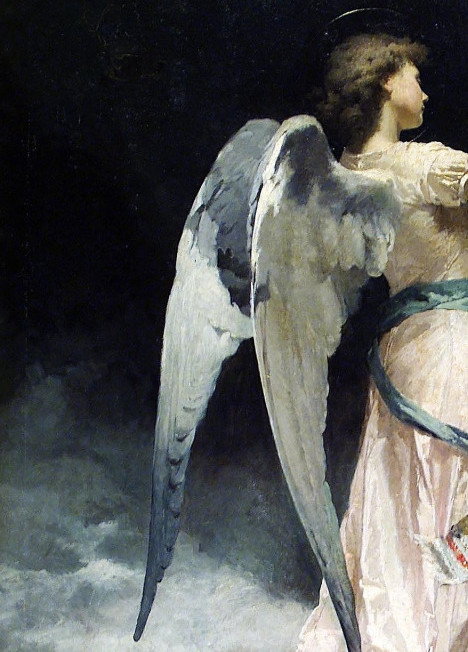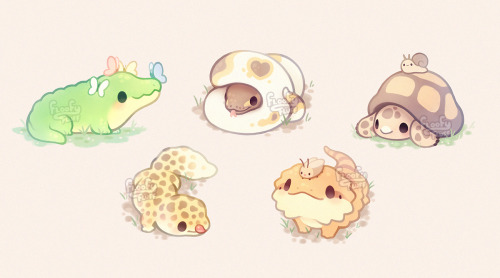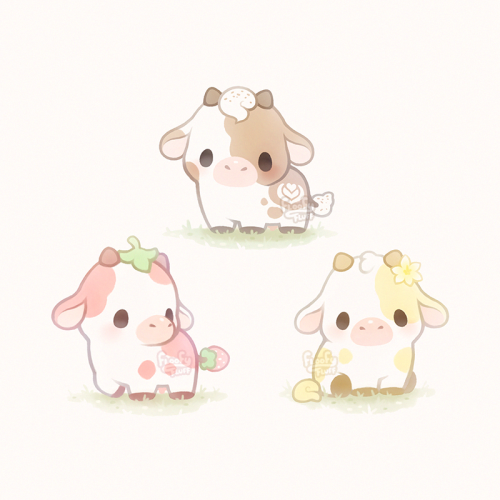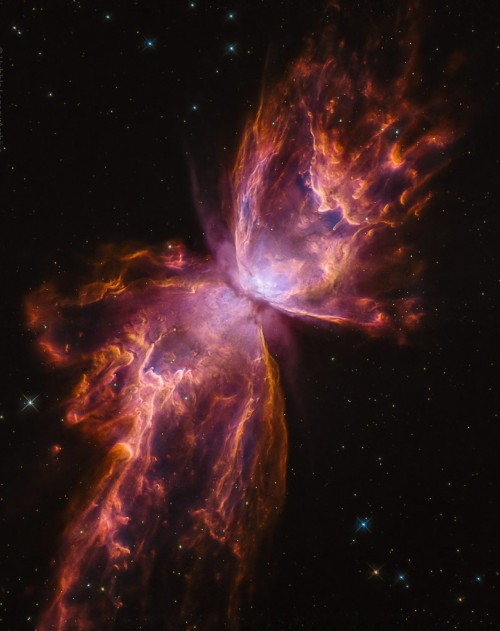@melisscan





@melisscan
More Posts from Mystarypi and Others

Gioacchino Pagliei (detail)

It’s reptile hours


the day is so lovely—she’s sunlit and she’s perfect—and i don’t know if it’s the dreamy light or the magic that is monday or the fact that i remembered to drink water for the first time in a week but i’m sitting at my desk absolutely thrilled to be organizing my day and sorting through data and diving into research

Moocha, Srawberry, Vanilla 🐮

This is the Gabriela Mistral Nebula! 💫💫💫
Gabriela Mistral is a Chilean poet who was the first Latin American author to win a Nobel Prize in Literature. This nebula has her name because some believe that it resembles her (I honestly don’t know why 😂). Millions of years ago, a deposit of gas resulted in a surge of star formation that heats up and radiates this region today! ✨✨✨
Taken by me (Michelle Park) using the Slooh Chile Two telescope on January 13th, 2021 at 5:17 UTC.

This is Comet PanSTARRS! 🌠🌠🌠
This gif was created throughout the night of July 25th and you can see the potentially interstellar comet in motion.
Taken by me (Michelle Park) using the Slooh Canary One telescope on July 25th, 2022.

NGC 6302, Wings of the Butterfly
One of my best shots of this stunning galaxy! Please follow my astrophotography tumblr (mystarypi-astronomy.tumblr.com) for similar astrophotos like these!

This is the Silver Coin Galaxy! 💸💸💸
This is one of the brightest and dustiest galaxies known to Earth. With so much dust, star formation is aggressive in this galaxy and thus, it is classified as a starbust galaxy! ✨✨✨
Many scientists think that the star formation may have also been caused by the Silver Coin Galaxy’s collision with a dwarf galaxy billions of years ago! 🌌🌌🌌
Taken by me (Michelle Park) using the Slooh Chile One telescope on October 21st, 2020 at 6:52 UTC.

Milky Way at Dawesville, Western Australia
Nikon d5500 - 85mm - ISO 3200 - f/2.5 - Foreground: 18 x 30 seconds - Sky: 61 x 30 seconds - iOptron SkyTracker

This is another photo of the Jupiter Saturn Conjunction! 🪐🪐🪐
The two planets are getting closer each day! I love this picture because you can clearly see Jupiter’s 4 largest moons (Io, Europa, Ganymede, and Callisto) and a nice view of Saturn. This event is very rare - Jupiter and Saturn are the closest since the year 1623! ✨✨✨
Taken by me (Michelle Park) using the Slooh Canary Two telescope on December 20th, 2020 at 19:24 UTC.
-
 waiting-eyez liked this · 1 year ago
waiting-eyez liked this · 1 year ago -
 xtimoleon reblogged this · 1 year ago
xtimoleon reblogged this · 1 year ago -
 xtimoleon liked this · 1 year ago
xtimoleon liked this · 1 year ago -
 daisybraun2002 liked this · 1 year ago
daisybraun2002 liked this · 1 year ago -
 dream-toachieve liked this · 1 year ago
dream-toachieve liked this · 1 year ago -
 dimplle reblogged this · 1 year ago
dimplle reblogged this · 1 year ago -
 invaderfromhell liked this · 2 years ago
invaderfromhell liked this · 2 years ago -
 samferd liked this · 2 years ago
samferd liked this · 2 years ago -
 evalynnmesserli liked this · 2 years ago
evalynnmesserli liked this · 2 years ago -
 rot-hound liked this · 2 years ago
rot-hound liked this · 2 years ago -
 nuetellla liked this · 2 years ago
nuetellla liked this · 2 years ago -
 the-neighborhood-entity liked this · 2 years ago
the-neighborhood-entity liked this · 2 years ago -
 freshfragrantegg liked this · 2 years ago
freshfragrantegg liked this · 2 years ago -
 shaathenonebeliever liked this · 2 years ago
shaathenonebeliever liked this · 2 years ago -
 stalwolf reblogged this · 2 years ago
stalwolf reblogged this · 2 years ago -
 zerosocialskillz reblogged this · 2 years ago
zerosocialskillz reblogged this · 2 years ago -
 zerosocialskillz liked this · 2 years ago
zerosocialskillz liked this · 2 years ago -
 gay-and-random-shit-i-can-find reblogged this · 2 years ago
gay-and-random-shit-i-can-find reblogged this · 2 years ago -
 gay-and-random-shit-i-can-find liked this · 2 years ago
gay-and-random-shit-i-can-find liked this · 2 years ago -
 doodlebeeberry liked this · 2 years ago
doodlebeeberry liked this · 2 years ago -
 clockworkrobotic liked this · 2 years ago
clockworkrobotic liked this · 2 years ago -
 donaldtheduckdad liked this · 2 years ago
donaldtheduckdad liked this · 2 years ago -
 girlwiththegreenhat reblogged this · 2 years ago
girlwiththegreenhat reblogged this · 2 years ago -
 mdw1026 liked this · 2 years ago
mdw1026 liked this · 2 years ago -
 addictedtothee liked this · 2 years ago
addictedtothee liked this · 2 years ago -
 jilne liked this · 3 years ago
jilne liked this · 3 years ago -
 cinzasdeumdemonio liked this · 3 years ago
cinzasdeumdemonio liked this · 3 years ago -
 lehvick reblogged this · 3 years ago
lehvick reblogged this · 3 years ago -
 violetinthewilderness reblogged this · 3 years ago
violetinthewilderness reblogged this · 3 years ago -
 unkownknowledge liked this · 3 years ago
unkownknowledge liked this · 3 years ago -
 schildkrote42 liked this · 3 years ago
schildkrote42 liked this · 3 years ago -
 belongtothestars reblogged this · 3 years ago
belongtothestars reblogged this · 3 years ago -
 belongtothestars liked this · 3 years ago
belongtothestars liked this · 3 years ago -
 ljdoublecc liked this · 3 years ago
ljdoublecc liked this · 3 years ago -
 meninalibriana2 liked this · 3 years ago
meninalibriana2 liked this · 3 years ago -
 docemarbravio liked this · 3 years ago
docemarbravio liked this · 3 years ago -
 umarfarooq1614 liked this · 3 years ago
umarfarooq1614 liked this · 3 years ago -
 teenagekingdomheart liked this · 3 years ago
teenagekingdomheart liked this · 3 years ago -
 argumentativeantitheticalpsycho reblogged this · 3 years ago
argumentativeantitheticalpsycho reblogged this · 3 years ago -
 weirdtreacherouslife liked this · 3 years ago
weirdtreacherouslife liked this · 3 years ago -
 skittlesskittycat liked this · 3 years ago
skittlesskittycat liked this · 3 years ago -
 pauloow liked this · 3 years ago
pauloow liked this · 3 years ago -
 althoughs-world reblogged this · 3 years ago
althoughs-world reblogged this · 3 years ago
